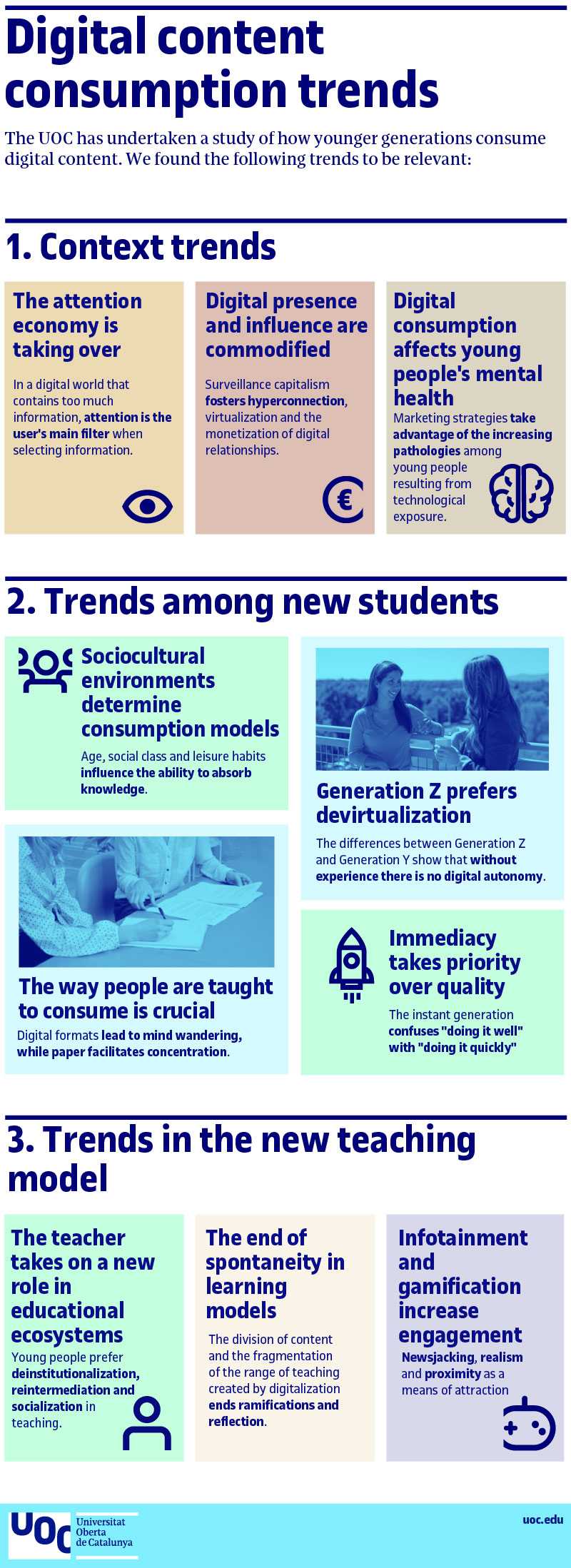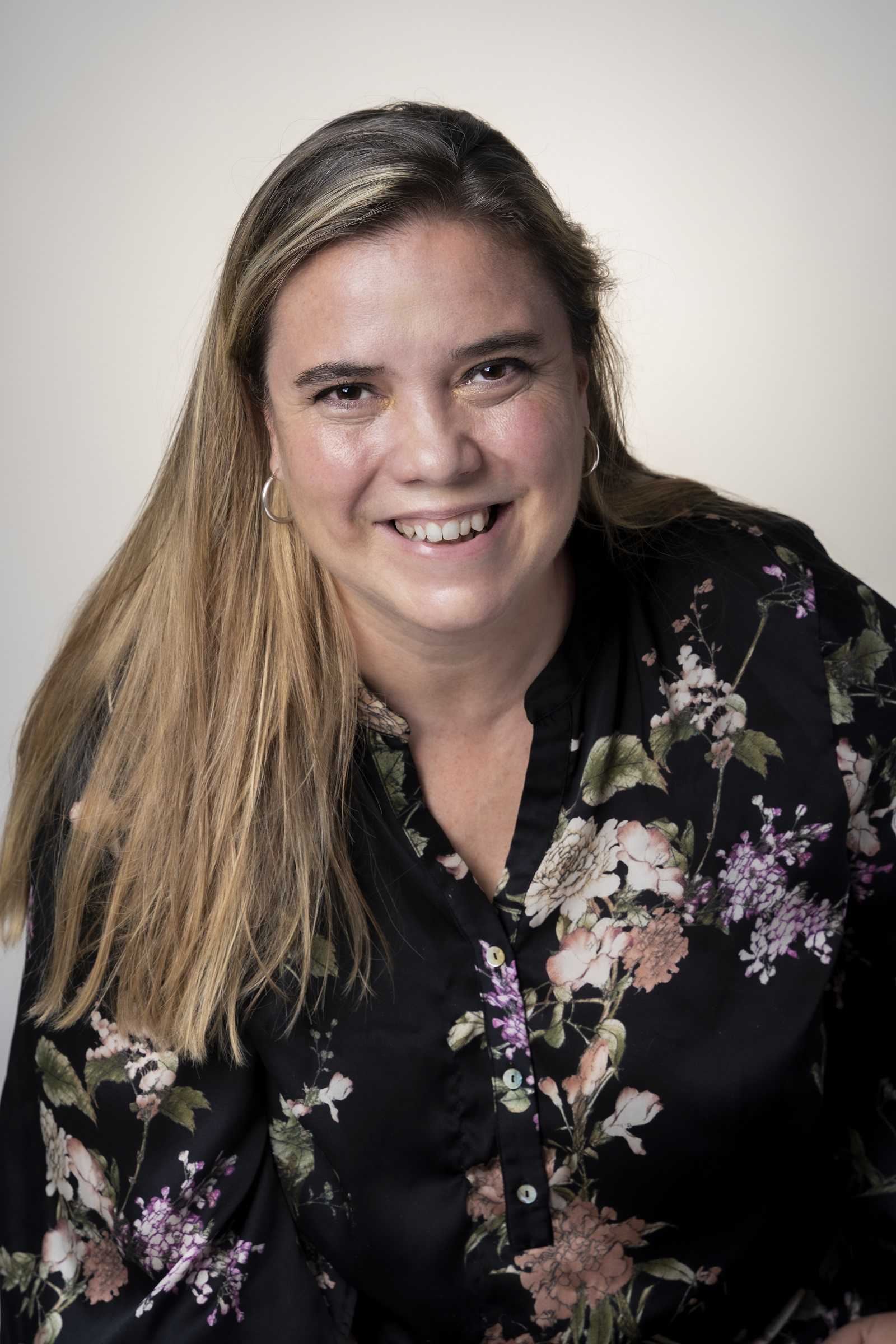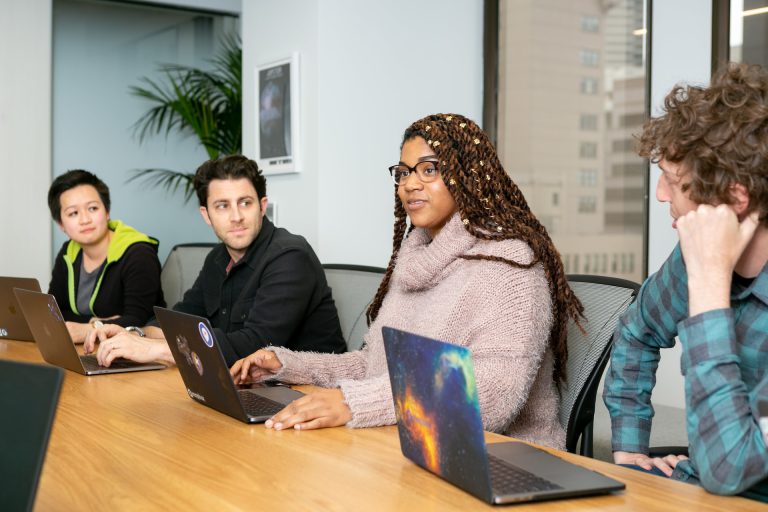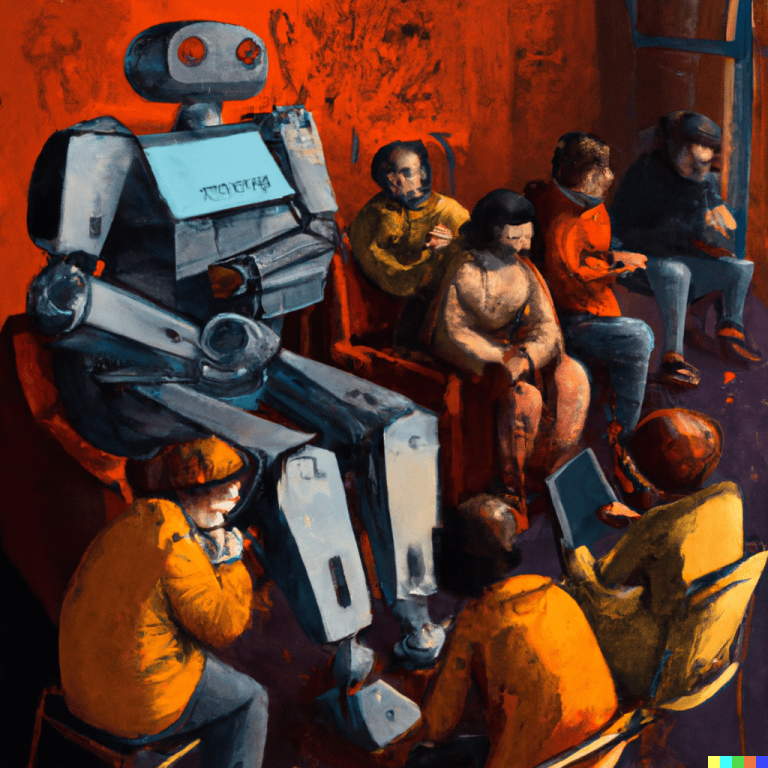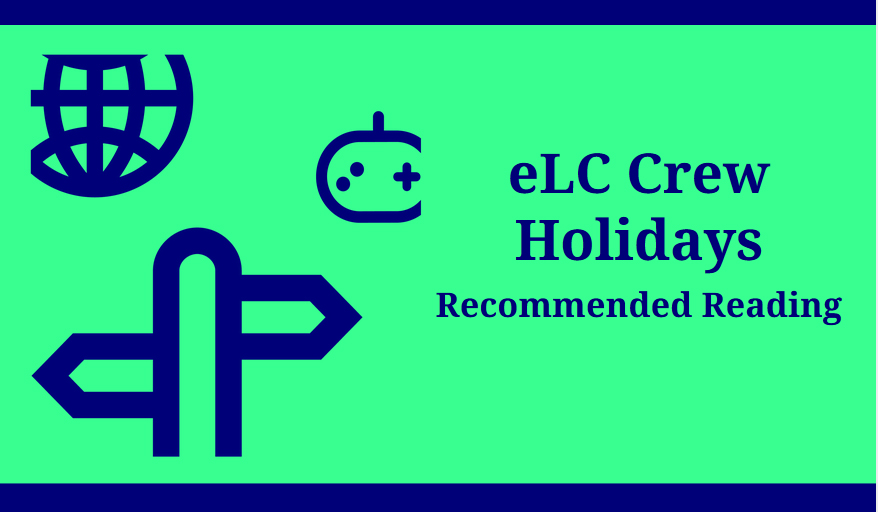Young people and digital content: an ever-changing relationship
8 February, 2023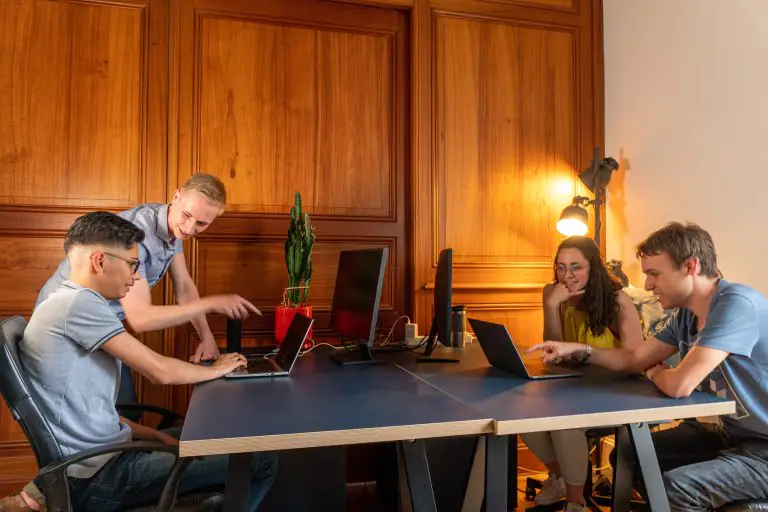 Photo by Louise Viallesoubranne on Unsplash
Photo by Louise Viallesoubranne on UnsplashThe UOC and Accenture analyse the behaviour and digital consumption of young people between the ages of 14 and 35
How do teenagers and young people consume complex digital content? What are the macrotrends in this consumption? How are providers in the sector acting in response to these habits and trends? Can we detect signs of change? These are some of the starting questions for The future of digital content consumption, a report that will also allow us to analyse what opportunities universities have to prepare for the changes.
Research
In the first phase, the researchers analysed 111 leading publications on digital content in order to detect the indicators that have an impact on consumption, observe the macrotrends, extract data on young people’s behaviour and understand the market logic behind educational content. In the second phase, qualitative research was carried out through interviews with experts in education and psychology from the Universitat Oberta de Catalunya (UOC) and beyond, including young students from Spain and Mexico. Once the data had been analysed, the macrotrends and the points of view of the experts and the students were shared in two different co-creation sessions.
Four areas (formats, content, and the production and organizational models) and three trends (contextual, new student and new teaching model) must be considered.
Contextual trends
In the digital world in which we live, only organizations that are able to attract the interest of users stand a chance of prevailing. Our attention span has dropped from 12 seconds (in 2000) to 8.25 seconds (in 2015), and 62% of marketing experts say they will invest more of their budget in generating new content than last year, especially evergreen content. In view of this, students say that video content is the preferred option for discovering or clarifying concepts for those who have more trouble concentrating. The format affects their level of stress. But the experts believe that the educational programme cannot compete in terms of entertainment and that universities need to adopt a new storytelling approach and work on motivation.
Digital relationships are being monetized and virtualized. A third of young people want to be influencers and 21.9% believe they could be professional gamers. For example, a nano-influencer (1,000 to 10,000 followers) earns an average of ninety dollars per post. None of this comes without a cost; 20.8% of people have symptoms of insomnia, four out of ten teenagers are online to avoid feeling lonely and 81% of young people in Spain suffer from nomophobia or the fear of being disconnected from their mobile phones.
Students mention that they often lack stimuli and get bored in class. They are motivated by learning from case studies and examples that bring them closer to real life and current affairs, helping them to project themselves into the future. The experts recognize that, in order to hold their attention, it is necessary to seek an emotional link with the subject, but they are concerned that the excess of inputs encourages the principle of the path of least resistance. Young people place value on having visibility and easy access to complementary training in specific subjects taught in massive open online courses (MOOCs) and are wary of the reliability of information sources such as blogs and social media influencers. The experts also say that the abundance of these sources and the contradictory information they provide leads to confusion and difficulty in choosing which sources to use. There are students who feel that they lack resources to work on soft skills to manage the amount of information, to concentrate, or to communicate orally, etc. According to the experts, the problem is the lack of education in time management.
New student trends
The pattern of behaviour is very uneven among young people and it is necessary to be familiar with their lifestyle in order to understand it. 65% do sport on a regular basis, 50% enjoy reading and cultural activities (70% say that the mobile phone is the device they most use for digital reading), 40% go to outdoor drinking parties and 20% take part in volunteering activities. Not all generations of young people are the same. Generation Z prefers devirtualization (78% of these young people believe that the teacher is very important in their learning and development) and 77.7% prefer face-to-face teaching, although YouTube is the preferred learning method for 59% and 47% recognize that they like to use apps or games to learn. When interviewed, students place a high value on being able to adapt their programme of study to their personal interests and require flexibility. The experts say students are polarized in terms of what they expect from university: some go for the minimum grade while others are highly motivated.
This generation confuses getting it right with getting it fast, the experts say. For this reason, the teacher is sometimes seen as a last resort due to the lack of immediacy and the exam model ends up conditioning the learning model. Teachers are focusing on getting students to do tasks using the content, with tangible impact and immediate gratification. The digital format results in mind wandering, while paper facilitates concentration. As for the role of the teacher, there are different opinions.
Teaching model trends
It has been found that young people prefer the deinstitutionalization and socialization of teaching. More than 90% of students chat digitally with classmates, but only 18% respond to other students’ messages when they are made through institutional chatrooms. They prefer to discuss doubts with classmates via messaging apps and place high value on studying in teams with case studies (more than 97% for centennials and more than 80% for millennials).
Content is shortened and focused on a single concept, and spaces for debate and reflection are eliminated. This discourages students from engaging in formal education. Searches for videos with educational content have increased by 70% year on year. 80% of web traffic will be video-based in the coming years. YouTube users prefer short videos that do not require audio; on Facebook, 85% of videos are played without sound.
Students are aware that they have access to a wide range of educational resources, but they have problems with how to approach syllabuses and assessments, or find it difficult to find the specific information they are looking for. Experts are debating whether offering two- or three-minute bite-size lessons may be counterproductive in the long run.
Learners are increasingly getting their information through formats that mix entertainment and educational content. 83% of those who receive gamified training feel motivated, while 61% do not feel bored. More than 40% of young people find out about current affairs via Twitch, social networks or instant messaging. Industry professionals are well aware of this: 70% actively invest in content marketing, as it generates three times more leads than traditional strategies. They value the fact that teachers make an effort to link theory and current affairs: the fact that the concepts are more tangible and closer to the students helps students understand them, give them more value and remember them more easily. However, opinions among teachers are polarized on this point.
Devices
It is worth highlighting the high capacity shown by the students to discern the uses of devices and formats according to their objective and expected impacts.
Conclusion
With this study, we have identified some factors of change and lines of evolution in the sociotechnological and educational environment of younger generations. Based on the trends detected, we must start debates within the university that will allow us to describe the scenario of consumption of complex content in the coming years.


